 |
You’ve heard a lot from the ASHI and MEDIC First Aid team of experts about blended learning, that perfect combination of online content and in-person skills sessions. But we aren’t the only ones touting the virtues of this “combo” form of education.
A recent study from Ithaka S+R reveals that blended learning platforms produce the same results as traditional classroom style training, but in some cases they actually perform better. This particular study focuses on blended learning in higher education and public universities.
What is blended learning?
The North American Council for Online Learning defines it this way:
|
“Blended learning means many things to many people, even within our relatively small online learning community. It is referred to as both blended and hybrid learning, with little or no difference in the meaning of the terms among most educators. In general terms, blended learning combines online delivery of educational content with the best features of classroom interaction and live instruction to personalize learning, allow thoughtful reflection, and differentiate instruction from student to student across a diverse group of learners.” |
 |
In our case, ASHI & MEDIC First Aid’s blended learning courses combine the best elements of online training with Instructor-led in-class skills sessions.
Blended learning is the perfect training solution for:
- Students who want the convenience of learning online
- Employers who need to minimize employee time away from the work station
- Training Centers seeking additional revenue by increasing student volume
What does the study say about blended learning?
-
Blended learning formats are time saving. The results state that students who took a blended learning course spent about 25% less time to achieve essentially the same learning outcomes as traditional format (classroom training) students.
-
Blended learning formats can save money. According to the study, blended learning offers significant savings in compensation costs, with the degree of cost reduction depending on the exact model of blended learning used. Productivity may also get a boost if students complete their online learning more quickly than they do in a traditional classroom setting.
-
Blended learning can help if you’re tight on space. You know how tough it can be to schedule a large room for an entire day. Having part of the training take place online keeps students or employees at their desks and out of high-demand, high-traffic common areas like overbooked meetings rooms.
-
Remote employees? No problem. If your workforce is spread out over multiple locations or you have staff that telecommutes, blended learning makes it easier to schedule the online content portion of their training.
Another study from Kyong-Jee Lee and Curtis Bonk, The present state and future trends of blended learning in workplace settings across five countries found similar results. This study was conducted with 674 training and HR development professions from five countries. The study results show that blended learning will become a popular delivery method in the future of workplace learning in both Western and Asian countries.
 |
Technology in the workplace is increasing daily. As emerging technologies become more accessible and new generations of learners who grew up with technology enter the workforce, blended learning options might not simply be a nice thing to consider. Rather, blended learning may become a mandate if a workplace wants to remain competitive as well as attract talented and creative workers who want viable options in their working and learning lives.
The co-author of this study, Curtis Bonk, will be a keynote speaker at our 2013 HSI International Conference and will be discussing blended learning trends. Have you registered yet?
Kristine Rice, Marketing Programs Manager









.png?width=600&name=HSI-CTA-EmergencyCareTraining%20(1).png)











Comments